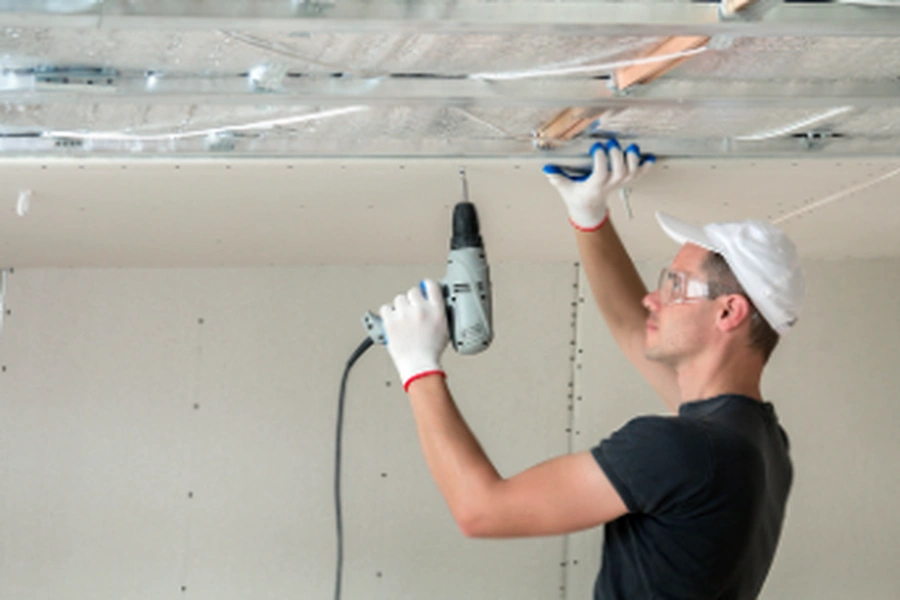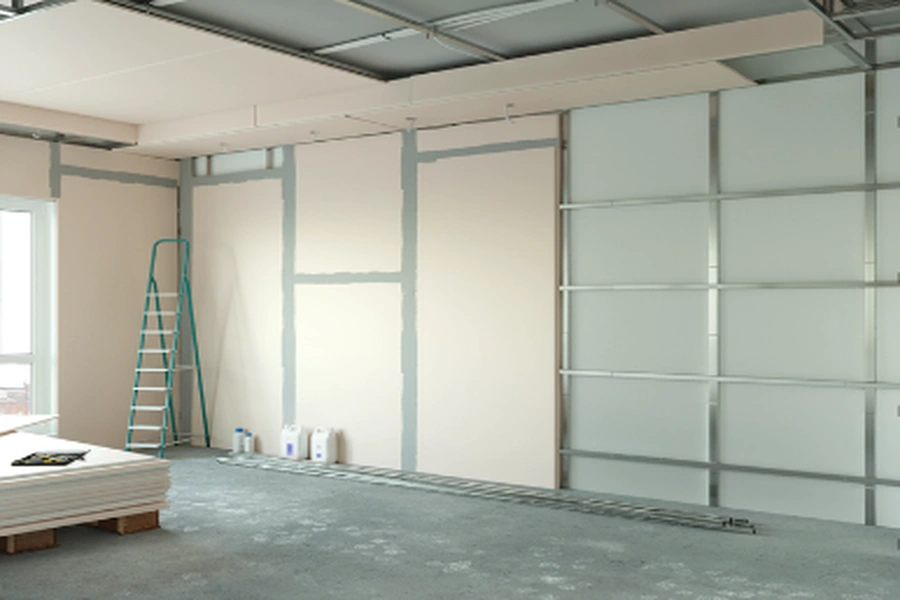Understanding the Process of Wall Repairs
When you’re planning a drywall repair appointment, it’s helpful to know what will happen during the visit. This understanding can set your mind at ease and prepare you for the service. You’ll learn how professional teams assess damage, choose materials, and ensure your wall is back in top shape. A good grasp of these steps will make the whole experience smoother and more efficient.
Initial Inspection and Assessment
The first step during a drywall patching service is inspection. Professionals look at the damaged area closely. They consider factors like the size of the hole or crack and any underlying issues that need attention. This assessment helps them plan the best way forward and choose suitable materials for the job. It’s an essential part of ensuring that repairs are effective and long-lasting.
Preparing the Area for Repair
After assessing the damage, technicians begin preparing the area. During this stage, they may cover floors and furniture to protect them from dust. Next, they remove loose debris around the damaged area. Cleaning up ensures that new materials adhere properly, which is crucial for a solid repair. These steps set the foundation for successful drywall patching.
The Patching Process
Drywall patching involves several key steps. First, professionals cut a piece of drywall to fit the hole exactly. They then attach it securely using joint compound and tape. This compound fills gaps and smooths edges, creating a seamless surface with surrounding areas. After drying, they sand the patched area until it’s even with the rest of the wall. At last, a final coat of compound might be applied for perfect finishing.
Smoothing and Sanding
Sanding is a critical phase in repairing walls. Once the joint compound dries, it’s time to create a smooth surface. Technicians use fine-grit sandpaper to gently level out any ridges or bumps. This task requires precision to avoid damaging walls further. Proper sanding ensures that once painted over, no signs of previous damage remain visible.
Finishing Touches: Priming and Painting
Once sanding is complete, priming and painting follow. Applying primer ensures paint sticks well and provides an even color finish. It’s usually necessary after any significant drywall repair because patched surfaces absorb paint differently than surrounding areas. After priming, a fresh coat of paint brings everything together beautifully, making repairs nearly invisible.
Benefits of Professional Drywall Services
Hiring experts for wall repairs offers numerous benefits:
- Guaranteed quality results that blend seamlessly with existing walls
- Efficient handling of complex projects without unnecessary mess
- Use of high-quality materials tailored to specific project needs
- Expertise that identifies potential problems early on
Experts bring peace of mind by addressing issues correctly the first time.
Why Timely Repairs Matter
Catching wall damage early prevents bigger problems later. Small cracks or holes can worsen if left unchecked, leading to more costly repairs down the line. Timely intervention saves money and keeps your home looking its best. Regular maintenance also ensures that all spaces remain safe and comfortable for everyone inside.
Your Next Steps With Professional Support
Ready to tackle those wall issues? Call (828) 373-4360 to schedule your appointment. Based in Franklin, NC, our skilled team at DRG Drywall and Painting Services delivers exceptional service every time. We bring years of expertise to each project, ensuring your walls look as good as new.

